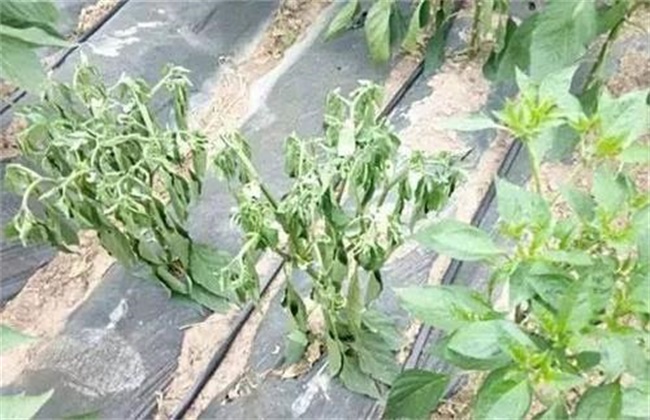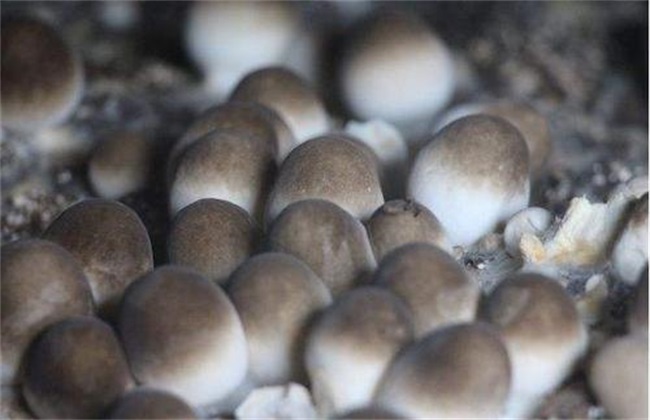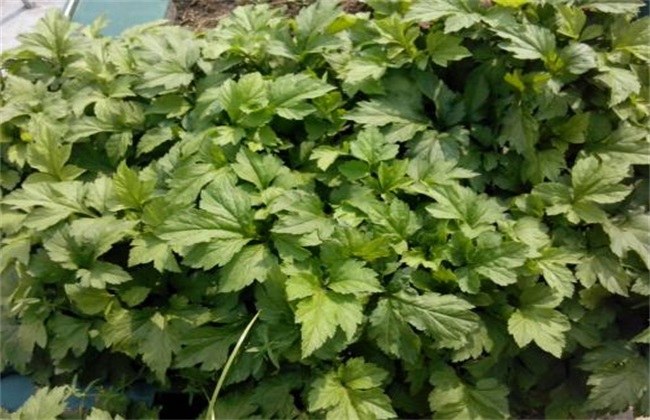How to prevent chili plants from dying after transplanting
Pepper is the most common vegetable in our life, and the temperature is low in winter and spring, so most of them use seedling transplanting cultivation methods, and many farmers find their own pepper seedlings dead in the transplanting process. So what is the cause of this? Let's get to know it with the editor.

First, the cause of the death of pepper after transplanting
1. Carrying bacteria in seedlings.
The root system of pepper itself is shallow, which is different from that of tomato and cucumber, so root should be raised mainly when raising seedlings. If the seedling bed is not disinfected well, then the phenomenon of vigorous growth will appear in the seedling stage. If the pathogen is waiting for the introduction of seedlings, the survival rate of pepper seedlings must be very low, so we should not only look at the products, but also observe the development of seedlings.
2. Soil salt damage
Farmers' long-term use of chemical fertilizer results in low organic matter content and poor soil permeability, and soil consolidation is also one of the reasons for the low survival rate of pepper seedlings. However, the farm manure used by some farmers is not fully mature, or excessive use of nitrogen fertilizer, the degree of soil salinization is serious, resulting in low survival rate of seedlings.
3. Continuous cropping for many years
Years of continuous cropping caused serious accumulation of pathogens and eggs in the soil, these plots are very unfavorable to the growth of pepper, and if the rotation with non-cruciferous vegetables is carried out for more than three years, then the survival rate will be greatly improved.
4. Overwatering
In the pepper seedling stage, generally do not take flood irrigation, should be frequently irrigated with small water, high ridge cultivation, too much watering will cause low soil moisture, especially low ridge walking, it is easy to cause anoxic root retting phenomenon, resulting in root rot of pepper.
5. Insect pests
Generally speaking, the land pests with farm manure are more cultured, and the underground pests will directly cause wounds to the pepper seedlings and strengthen the infection of germs, resulting in the death of pepper trees.
II. Prevention and control methods
The first is to introduce sterile seedlings, especially from the regular seedling units; the second is to dip or irrigate the roots with microbial agents in the past, and to irrigate the roots of the seedlings with symptoms of wilting in time. As for the phenomenon of root rot, the root is dark brown, we should first use carbendazim and carbendazim to irrigate the root yield, and then use compound microbial fertilizer to irrigate the root, which can greatly improve the survival rate of pepper seedlings. For underground insect pests, avermectin organic fertilizer can be used as flushing fertilizer, or avermectin can be used to irrigate roots, and the use of highly toxic pesticides is strictly prohibited.
The above is the introduction of how to prevent pepper from dying after transplanting. I hope it can help you. If you want to know more about it, please follow us.
Related
- Where is it suitable to grow horseradish in China? it is expected to see the middle altitude horseradish in Alishan.
- How to prevent tomato virus disease reasonably? (Control methods included)
- Many people like to plant towel gourd on the balcony. What are the main points of this method and management?
- What crops can chili peppers be mixed with?
- Fertilization techniques and matters needing attention in Tomato
- What are the grafting techniques for peach seedlings in spring?
- Harm and control methods of root swelling disease of Chinese cabbage
- What are the pests of sweet potatoes? How to prevent and cure it?
- Symptoms, causes and Control methods of navel Rot in Tomato
- The cause of "Cucumber rotten bibcock" in Farmers' planting Cucumber and its Control Plan



